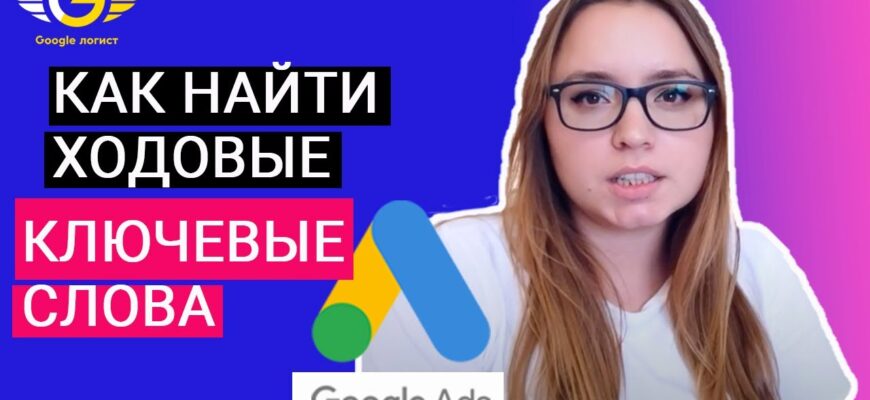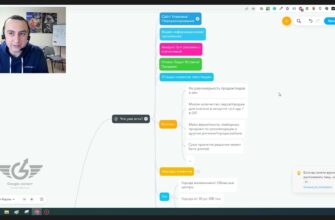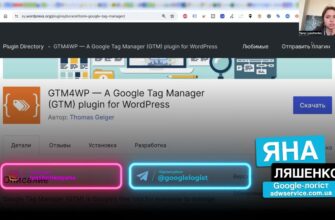Hello. My name is Yana Lyashenko. I am a Google Logistician. In today’s video, we’ll see a free service from Google. Using the service, you can collect the most popular keywords for free. I’ll tell you which keys to focus on. You will see the level of competition for them and approximate rates, cost per click.
Well, let’s go?

How many calls and sales will I get by ordering contextual advertising from you?
I need to calculate the conversion of my website Describe
the task
in the application
Calculate potential ad revenue Google
contextual advertising calculator
The service I’m going to talk about is called Keyword Planner. What can you do with the Keyword Planner? Collect high-frequency keywords that you can add as a single keyword in Google Ads. It is not forbidden to use other services. For the fact that Google will let them into the auction or will not let them through, I do not carry a guarantee. Why use immediately miss or not miss? Google is trying in every possible way to limit the volume of keywords in system resources, in advertising accounts. They do not all have sufficient frequency, but you want to spend money. You also need to use your servers to calculate the auction and so on. The goal is to add only semantics to keywords that have a frequency suitable for Google. We will try to use the resources that Google provides directly.

How do I find the Keyword Planner? You need to sign in to your Google Ads account. If you don’t have a Google Advertising account, please create one. It doesn’t matter if you can advertise on it or not be able to advertise. Get access to the Scheduler only through it. Further, at the entrance to the advertising account, at the top right is a repair key called Tools and Settings. Requires Planning and Keyword Planner. After clicking on this block, I will be transferred to the Plans window. And you will see two blocks – Find new keywords and View the number of requests and forecasts. This block is not needed. Looking for new keywords.

How can we search for new keywords? We can manually enter the orientation for the system or specify the site. We can use the entire site or just a specific landing page. In the search, you can use the sites of your competitors. It doesn’t affect anything. What does the system do when you specify a site? It tries to find meta tags, scripts, tabs, certain semantics that can be parsed and displayed as keywords. This is not the most ideal keyword search option. You can use it if necessary.
Enter keyword options. What keyword options should be entered? First of all, you must enter the broadest possible description of the product type. Product type, that is, the type of product you are selling. Product type – what kind of product it is. It means – a notebook, Bonsai, not a houseplant, not a living one in a pot, but Bonsai. Maybe a thermos for water, a picture. Only not a picture, but an oil painting. It is necessary to specify the products.
What is it for? Firstly, in order to collect the most targeted semantics for a specific type of product. The block has a limit on the number of entered words – ten or twenty. If there are a lot of goods, products, you will have to fool around a little. This will give a kind of feedback. First, you will not collect all the thousands of keyword options, limit yourself to a certain amount. It will show what kind of competition for certain types.
Brand-model products. For example, we sell Xiaomi phones. We introduce the Xiaomi phone. It is desirable to enter Cyrillic and Latin. Why not introduce Xiaomi? Xiaomi has vacuum cleaners, toothbrushes and more. Therefore, type the product in a keyword.
What keywords to look for? Let’s take Bonsai. Right? You see, this is some kind of palm tree, and this is Bonsai. We enter the word Bonsai, capslock. Never mind. The next step is to edit the location. Specify the country where you want to advertise. Required frequency of requests, the level of competition for requests entered at a particular location. Don’t take everything. You only need the region where you want to advertise.
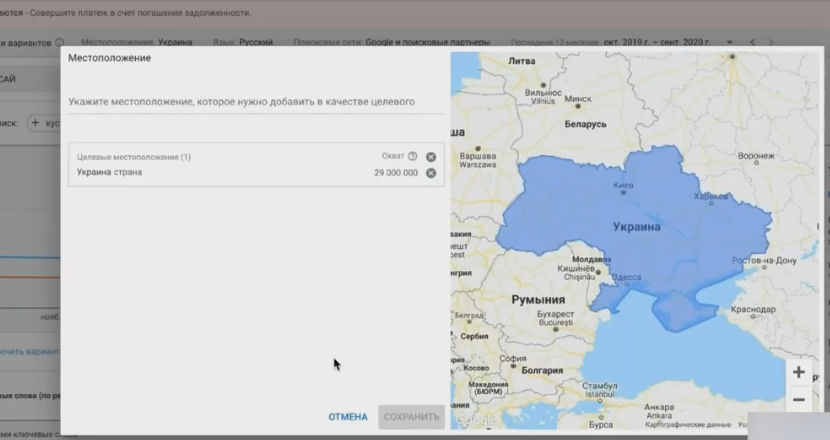 < /p>
< /p>
Languages. Russian is selected. Choose those languages that are inherent in the geographic region in which you plan to advertise. We take the Transcarpathian region, for example, Ukraine, then this is the Ugric language, Polish can be a language, some other variations besides Russian and Ukrainian. Try to parse keywords in different languages.
You can leave Google and search partners. It’s not a mistake. Statistics for which Google should be taken, for the period. 12 months are automatically entered. You can choose another range, set manually. You can choose the last month, 24 months, all available. I recommend choosing the last 12 months, at least the last six months, a quarter. Due to the economic crisis, the purchasing behavior statistics has changed.
This is what Keyword Planner looks like. We can enter several keywords here. We can buy Bnsai. It won’t be a mistake. Here is a Ficus Bonsai, it has a Ficus Bonsai label on it. I am writing “Bonsai Ficus”. Enter a set of keywords that describe and purchase intent – Buy, Price, Cost. Or typing. I have “Bonsai ficus”.
Then what will we see? First, we will see for all twelve months the schedule of demand by the number of requests. We will see average indicators that give an approximate orientation if there are any peak points in seasonality. Peak seasonality points for specific keywords give small mini graphs against the average number of searches for each keyword.
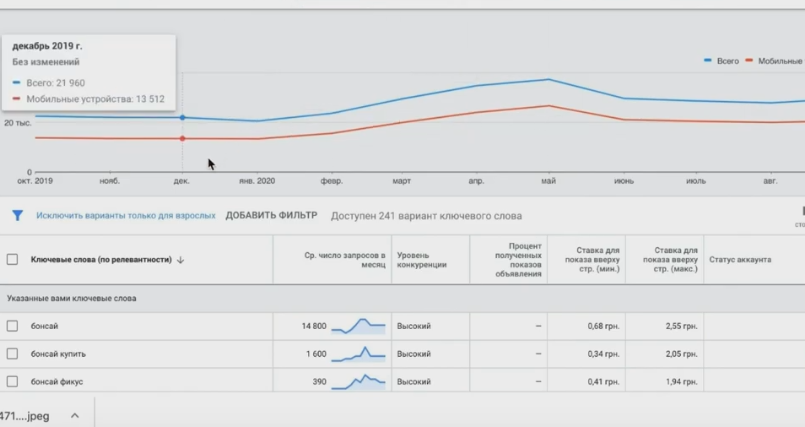
This gives you an idea of whether it’s in season for the given query or out of season. We see that it is mainly the May period. See, it’s the same everywhere. To roughly navigate whether there is demand in a given specific period of time.

How is the demand generated? Average number of requests per month, over the last 12 months – the average number derived. We see a Bonsai tree. The sitting is underway. It is not a fact that we will see 1600 impression requests.
What does a scheduler consist of? From the keywords that he found. He gave the frequency and other indicators for those keywords, given directly to him in the search bar. Here he offers to expand the search. I don’t see anything specific to Bonsai here. Sometimes useful keywords are here, you can add them. The last account I watched with plush toys. Teddy bears can be freely added as a keyword search option.
There are currently 241 keyword options. It produced columns: keywords, keyword type, number of queries, demand curves, query frequencies, level of competition. In simple terms, this is how many competitors are here and bombed for this keyword.
What does it give? This gives feedback on how popular the keyword is in ads for that product. Is this a useful point? Yes. If the topic is highly competitive and the bids are high enough, then you can easily find a lower competitive keyword.
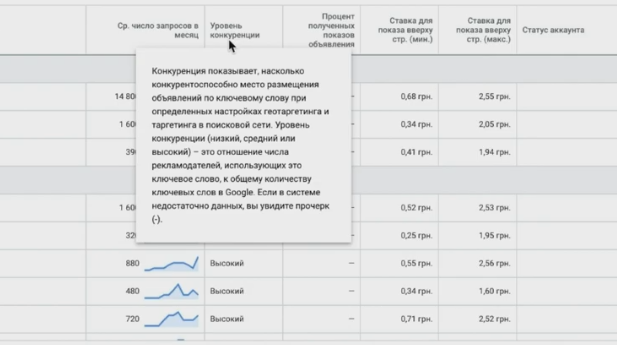
Look, the nuance. I heard a feedback from a specialist. I can collect all low-frequency requests and in the same way I can avoid high enough competition and get enough sales.
There is a special nuance. There is practically no such low competitive semantics left. I mean low frequency request. What is a low frequency request? Everything is relative. Bonsai has 15,000 requests per month on average. Key words “Bonsai Ficus Benjamin”. I think I’m wrong. 30 requests. You see – a low-frequency request. 30 impressions. 30 requests per month is not enough. One request per day is not much. And the level of competition is high.
How many calls and sales will I get by ordering contextual advertising from you?
I need to calculate the conversion of my website Describe
the task
in the application
Calculate potential ad revenue Google
contextual advertising calculator
Low frequency of requests, low volume of requests per month – is not a guarantee that advertising will be super-duper profitable. This means that the lowest possible cost per click, which is guaranteed to get sales. The task is not to focus on the number of requests per month, but on the type of requests. Type of requests, user intentions entered for a specific request.
Look, the request: “What is bonsai.” Information request. The person is interested in what is Bonsai. Is it conversion? On request, the level of competition is medium. So, there are advertisers who are bombarded by the request “What is Bonsai”. We use it as a targeting option. To find semantics, keywords that here and now should be converted into sales – not a suitable query type.
By the way, videos on the strategy in advertising are released on the Youtube channel. This moment is discussed on the Youtube channel. I recommend watching the first video about strategies. You can understand why such a request is not suitable.
Take the keyword “Buy Bonsai Tree”. It’s tall here. Requests 320. Already more than 300. Request with the intent to purchase. People who want to see Bonsai do not enter a buy request. If you want to buy something on the Internet, what type of request do you enter? Sometimes a branded model, like the Iphone, some XS Max, for so many gigabytes. A similar request, if you have branded model traffic, dominates the purchase plan.
Try to be a buyer. The task is to buy this product. What type of requests were there? Sure, Buy, Price, Cost. These are the most converting keywords. They should be the first to be emphasized. In the second – to all the others.
The system also gives an orientation on rates averaged over the markets – the lowest and the highest. I understand that 3 hryvnias is not a very presentable statistic. If you would see statistics on contextual advertising, after this video, I recommend that you google it in this way, watch it. We would see how dramatically the cost per click varies.
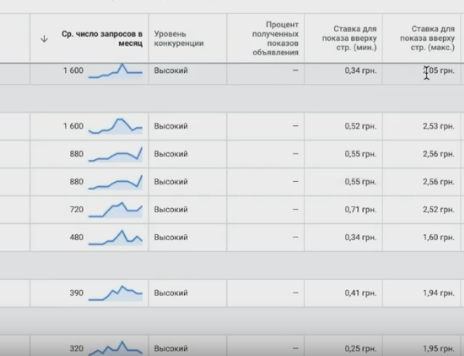
This gives an indication of the approximate rates that you can receive at high, low ratings. In the average rates that most advertisers pay for different positions. Even with high competition and a high frequency of the keyword, the rate, you see, is 2.52 UAH. Here 480, high – 1.60 UAH. This concerns the point of low-frequency semantics. Low – at a low price. There are no special bets where statistics are not shown. Numerical values cannot be output from the system base. The low-frequency keyword is not always the cheapest. Focus on the level of competition.
When the level of competition is high, you should be prepared to carefully study your keywords. You must be prepared for the fact that the costs will initially be higher than expected and there will be more emerging factors. We saw these keywords by frequency – you will immediately see the most popular keywords that people drive into the search box, you will understand which keywords to focus on. It all depends on the stage of the sales funnel where you want to bomb.
Returning to ready-made strategies on the Youtube channel. On Youtube, you can read the strategies in detail. The task is to collect the semantics that should now lead to sales, immediately, the step is requests formed by the consumer need: Buy, Price, Cost, Order, Delivery.
The next type of query is long-tail queries. There are 4 queries or more in the keyword. They are not here, unfortunately, large requests, but they may be present in your subject.
Next comes a block – a type of requests that clearly describe the third priority. A keyword that describes the specifics of the product. Bonsai Ficus. Further requests that will be needed – Ficus Bonsai, you see, 720 Bonsai ficus and went further.
See Bonsai price. With purchasing power, but Bonsai price does not describe the specifics of the product. Let’s repeat. First, we take all the keywords that relate specifically to the type of product, with wording, the phrase Buy Price, Cost Price. The next priority is just a type of product without any formed consumer need. No buy, no price, no cost, no delivery, where to order.
The next block is just wording. Can be Bonsai price and stuff. You should understand that for them the conversion is much lower in sales. A person, when a Bonsai price is scored, no one knows what kind of Bonsai he wants.
Feng Shui Bonsai, you see, juniper, then in vases, large, pine, coniferous, different Bonsai, Kumquat. Almost Bonsai, it seems very strong. Start with how the keyword describes the specifics of the product.
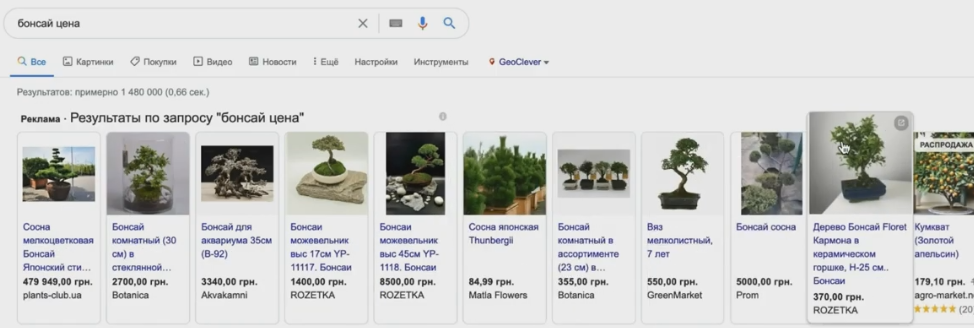
Bonsai Club. The competition is low. 140 requests. Why is the competition low? Because people are a club of interests. Right? You can sell something to the guys from the Bonsai club – you can start by keywords.
Let’s summarize. What keywords should be emphasized? They should be sorted by priority. Starting from the formed consumer need, the intention to buy and go up higher. Maybe a completely different product, type, but the principles remain the same. How to collect them from here, pump them out? You can copy them manually. The easiest option is to Google spreadsheets or download to Excel and sort through it there.

The planner now tried to group them according to some wording. Ficus Chinese, Ficus plant – there is a combination of keywords. Species: pine, maple, spruce, cedar, juniper and more. There are some more – Bonsai club, Ikea, OLH.
If you uncheck the boxes, they disappear from the list. Is it worth it to turn them off in the checkboxes? No. These phrases will be the list of negative keywords in the future. In that form, download them to Excel and then directly sort through.

What is iterating? Highlight phrases that are completely inappropriate, not yours. They will serve as a list of negative keywords. The whole phrase will be minus the word. Add, as a minus word, highlight a specific word from the phrase. The specific word makes the phrase free. For example, OLH. If we do not sell, not OLKh, then there is no point in bombing on OLKh. On OLX they are looking for something second-hand, cheaper. If you sell hefty ficuses, some super premium ones, then OLX is not your request. The CFM phrase is a list, defined by a negative word, applicable to all products. You hit the rest of the keywords in order of priority, starting from the type of products with a formed need. Then go up, up, up.
Try to imagine yourself in the place of a potential buyer and think if the buyer wants to buy a product, what query he will enter. These requests, first of all, collect. Subsequently – let’s go up.
A free way to collect the keywords you plan to run Google ads with. They are more likely to scroll and spin directly in Google Ads.
If the video was useful, and I tried to compress the video to the maximum, like it. It will take you less than a minute. And I am pleased for the block of work.
See you in the next releases.

